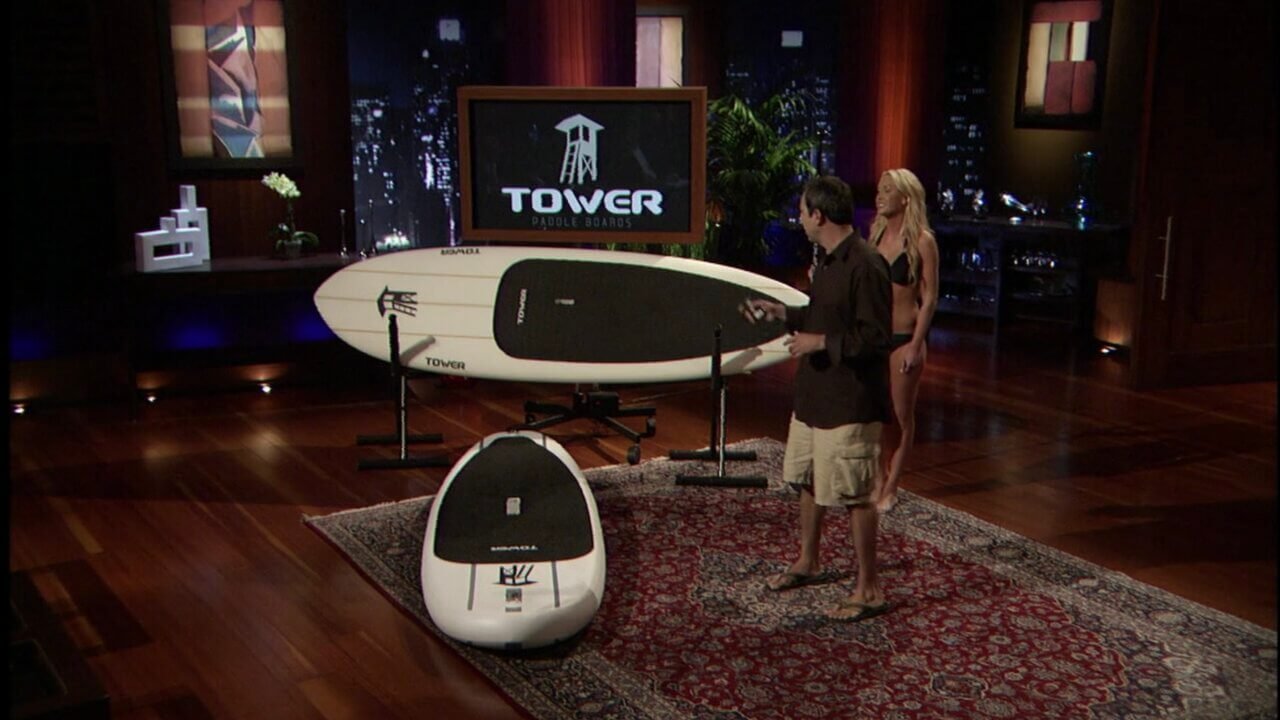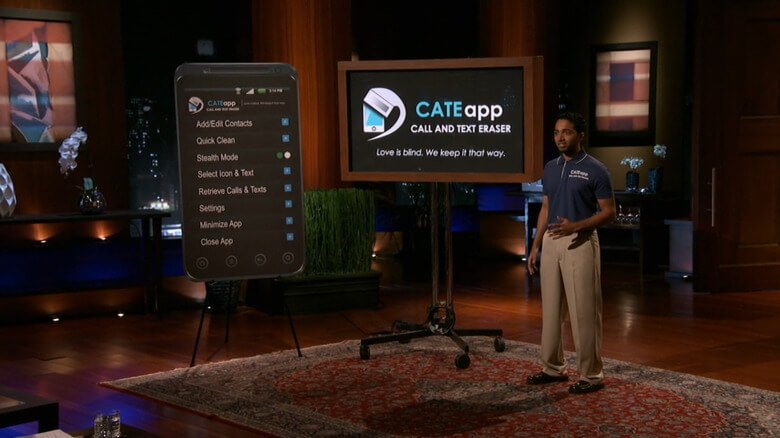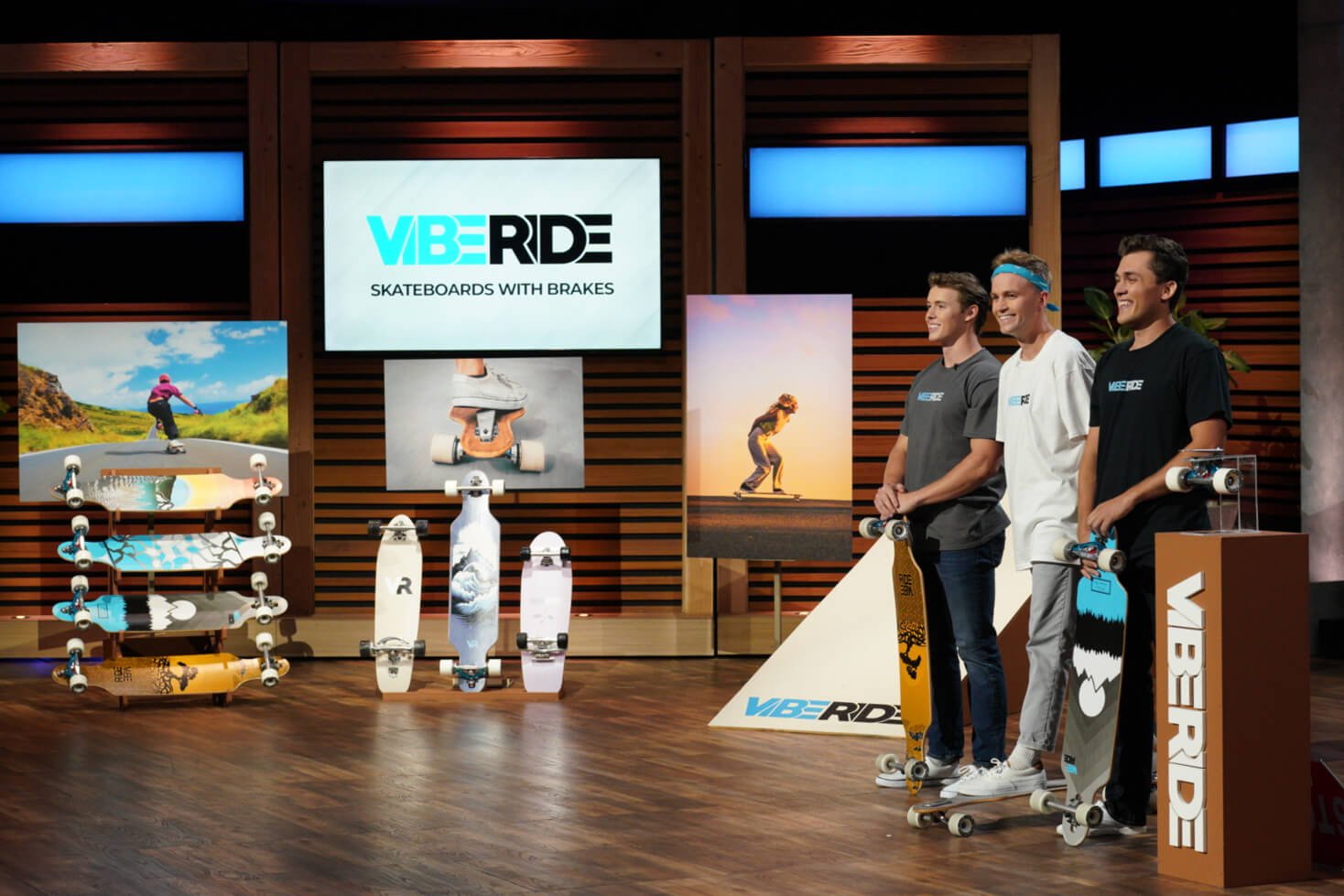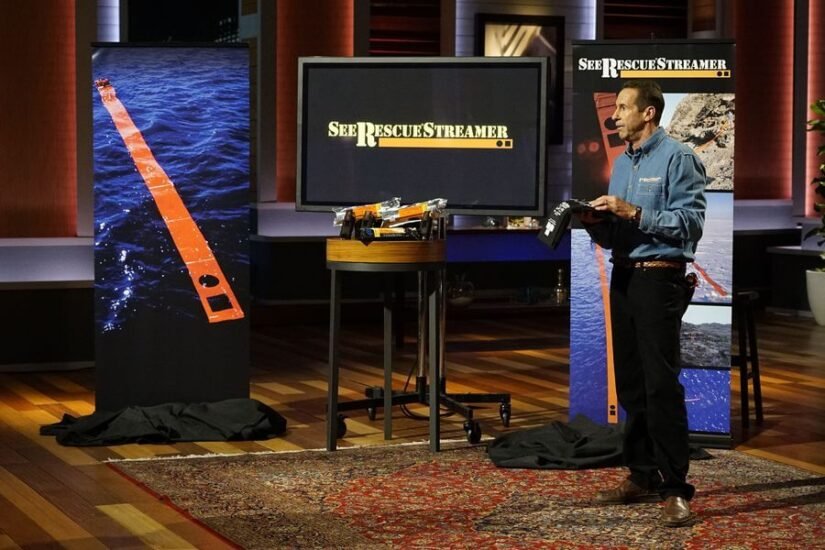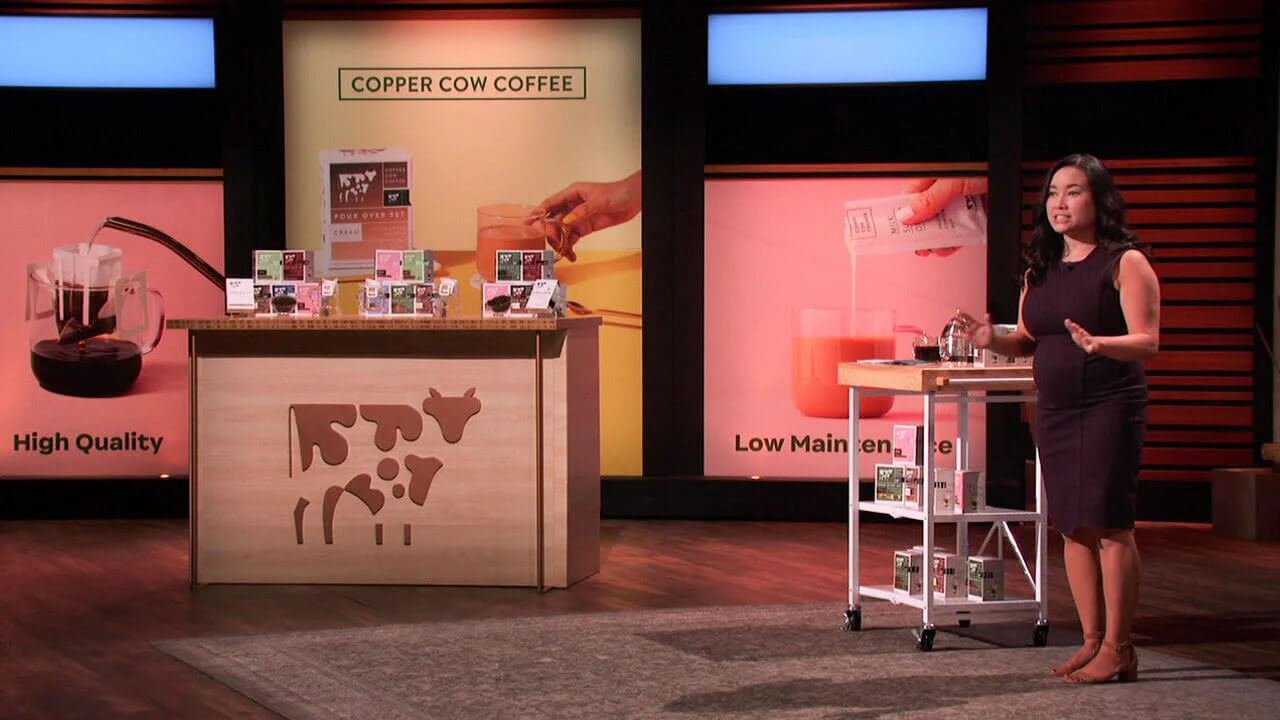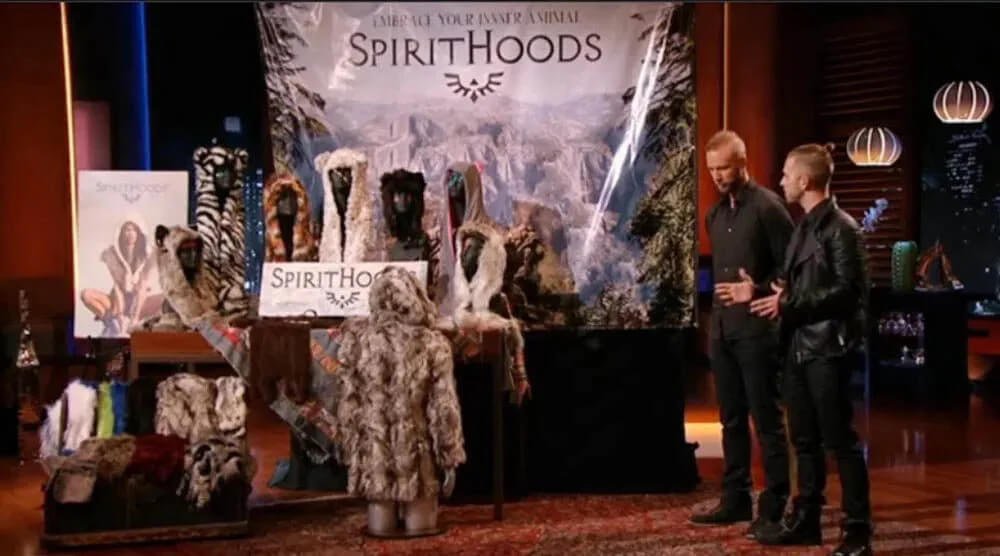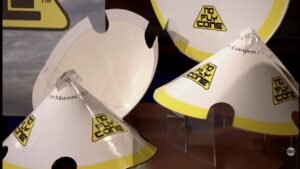Here’s a Shark Tank truth: a deal on TV means nothing if you can’t execute when the cameras switch off. Tower Paddle Boards isn’t just another feel-good Shark Tank tale—you’ll see their name ranked among Mark Cuban’s best ever. Not because they changed the world with a paddleboard, but because they built a business the hard way: sharp focus, smarter margins, and no middlemen to suck up profit.
So, why should you care? This isn’t about boards and beach vibes. It’s about how Tower Paddle Boards—led by Stephan Aarstol—took one shaky pitch and turned it into millions. If you’re building, hustling, or dreaming about your twelve minutes in the tank, this story matters.
Contents
ToggleThe Shark Tank Pitch: A Make-Or-Break Moment
Every founder watching Shark Tank thinks, I’d CRUSH that pitch. Then the lights come on, the Sharks circle, and you realize every flaw’s about to get exposed. Stephan Aarstol gets this on a personal level. Walk into Shark Tank, Season 3, Episode 9—he starts pitching paddleboards and completely freezes. Ask any founder: There’s nothing scarier than choking when it counts.
But here’s the kicker—Aarstol turned a near-disaster into a deal anyway. He owned his nerves, told the real story, and laid out the business. Some Sharks passed. Mark Cuban, though, saw behind the stumble. He offered $150,000 for 30%. Let’s be honest, I’ve seen founders freeze and blow it—but Aarstol powered through. That’s the raw grind behind Shark Tank magic.
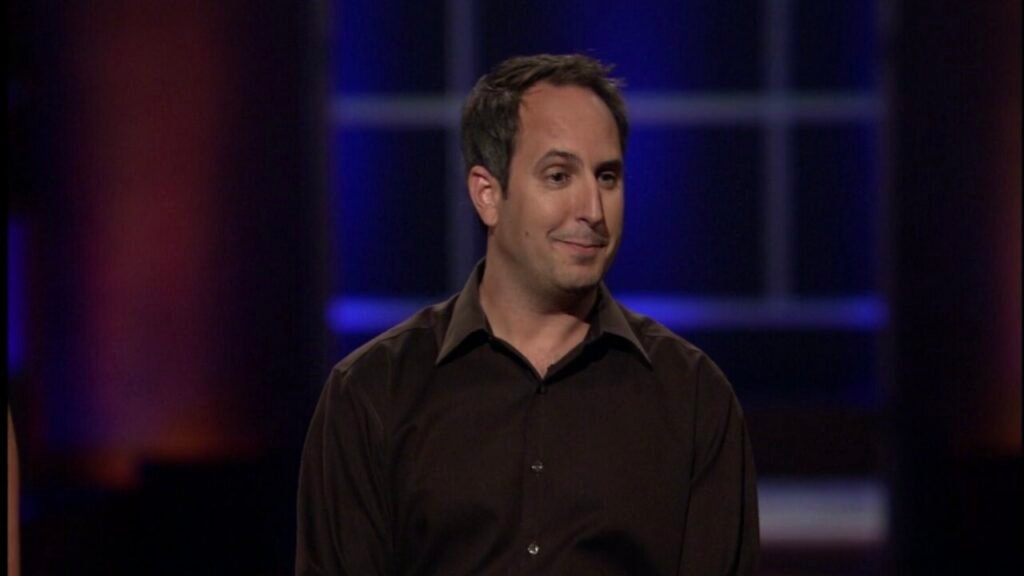
Net Worth and Sales Growth After Shark Tank
Now, here’s what you really want to know: Did the deal matter? Spoiler—it mattered, big time. Before Shark Tank, Tower Paddle Boards was a blip: $100,000 total sales. Fast-forward to 2021, and they’d racked up more than $40 million in lifetime revenue.
Numbers don’t lie. In 2014, they became one of San Diego’s fastest-growing companies. By 2016, they were pacing toward $10 million in yearly revenue—with less than a dozen employees. That’s called running lean and smart.
As of the most recent numbers in 2024, Tower Paddle Boards’ net worth is estimated around $20 million. That’s not a unicorn fantasy, but it’s a solid, sustainable number that would make most DTC brands drool. On SharkWorth, they keep landing on best-of lists for good reason.
Who Runs the Show: Stephan Aarstol’s Backstory
If you’re looking for a founder with a shiny MBA and a trust fund, that’s not Stephan Aarstol. Aarstol started in search engine marketing, grinding out in the trenches long before DTC was cool.
When he launched Tower Paddle Boards in 2010, he wasn’t just selling boards—he was selling a new way to buy them. Aarstol saw how bloated retail markup killed quality gear. So, he built a site, skipped the big box stores, and bet on e-commerce taking over. He’s living proof you don’t need a perfect pedigree—you need to see the gap and attack it.
This is a guy who’ll admit on record that he choked on national TV but came out stronger for it. Most founders hide the losses. Aarstol turns them into case studies.
Why the Product Sells
Don’t get blinded by the mix of sun, surf, and Instagram beach shots. Paddleboards are big business in the outdoor world. But why did Tower’s product hit while so many flop? Easy—price, quality, and story.
Traditional paddleboards? Marked up by 2-3x at retail. Tower went direct-to-consumer (DTC), put the savings back in the customers’ pockets, and offered top-notch quality. Think Dollar Shave Club, but for paddleboards. That formula works—especially if your product has word-of-mouth and a growing community behind it.
Their boards are built tough, easy to use, and the site makes buying simple. It’s not rocket science—it’s just smart, old-school margin play meeting new-school branding.
Mark Cuban’s Impact
There’s Shark Tank money, and then there’s Cuban money. Mark Cuban doesn’t just write checks and walk away. After Shark Tank, Cuban gave Tower his rolodex, credibility, and straight-up media attention.
Here’s what matters: With Cuban on board, doors opened. Influencers took notice, PR got easier, and Tower Paddle Boards used that attention to snag leads competitors couldn’t touch. Cuban didn’t micromanage, either—he let Aarstol run the show, but you better believe the Cuban stamp helped close sales.
A lot of Shark deals fizzle once the show’s hype fades. Not this one. Cuban called it one of his best. Tower’s growth after the show is proof.
Work Culture Moves: The 5-Hour Workday
Now let’s talk about one of the ballsiest moves you’ll ever see—a five-hour workday. In 2015, Aarstol dropped a bomb: full-time pay, but you clock out at lunchtime. Every employee, including the CEO.
People thought he was crazy. But international media ran wild with the story. Productivity soared, turnover dropped, and Tower got talked about from Harvard to Wired. The 5-Hour Workday became synonymous with Tower’s brand—disruptive, a little rebellious, and always putting team first.
Is it a miracle fix? Not quite. Eventually, Tower had to relax the policy. Some roles and tough seasons need old-fashioned grind. But was it good for business? Absolutely. The PR alone pushed the brand higher than any ad spend ever could.
The Business Today: Still Riding High or Wiped Out?
Here’s what really matters: Is Tower Paddle Boards still making waves or just Shark Tank trivia? Quick answer—they’re still here, leaner than ever, and holding a spot as a DTC powerhouse in the paddleboard game.
They’re not the biggest, but they’re consistently profitable and respected in the space. They’ve survived tariffs, COVID slowdowns, and the fad label that tanks most outdoor brands. Aarstol still drives the vision, Mark Cuban’s still in their corner, and customers still swear by the product.
Their online reviews are strong, and their community is vocal. Tower’s not chasing vaporware or chasing the next trending TikTok challenge—they’re in it for the long haul.
Street Lessons from Tower Paddle Boards
Here’s what founders and hustlers should actually learn from Tower Paddle Boards:
- A blown pitch isn’t the end. It’s how you recover that counts.
- DTC isn’t for everyone, but if you can squeeze the middleman and pass savings to customers, you’ve got an advantage.
- Margins matter. Tower’s low overhead let them make big money without a big team.
- Don’t be afraid to try wild things, like a five-hour workday. Even the fails can build brand.
- The right investor changes everything—if you find someone who adds real value, not just cash.
Bottom line: Aarstol and Tower show that your Shark Tank moment is just the start. Execution pays. Hype fades. Real business, run smart, is always in style.
FAQs
1. Is Tower Paddle Boards from Shark Tank still in business?
Yes, they’re still operating, selling online direct-to-consumer, and remain profitable in 2024.
2. What did Mark Cuban see in Tower Paddle Boards that others didn’t?
Cuban saw a founder who could adapt and a business with smart margins. The DTC model gave Tower a big edge.
3. How much money has Tower Paddle Boards made after Shark Tank?
Over $40 million in sales since airing, with company value estimated around $20 million, according to SharkWorth.
4. Did the five-hour workday hurt or help the company?
It drove massive PR and employee productivity. It wasn’t perfect forever, but it grew brand buzz for years.
5. Where are Tower Paddle Boards made?
Design is based in San Diego, with manufacturing mostly in Asia—same as most top paddleboard brands.
6. Can regular customers get deals like on Shark Tank?
Not exactly, but Tower runs aggressive sales and direct pricing. Still cheaper than most retail paddle boards.
7. What’s the biggest challenge Tower Paddle Boards faced after Shark Tank?
Managing wild growth, supply chain issues, and tariffs. Staying focused when everyone wants a piece is tough.
8. Would Mark Cuban still invest today knowing what he knows now?
All signs point to yes. He’s called it one of his best-ever Shark Tank picks and still backs the brand.
Tower Paddle Boards should be on every entrepreneur’s case-study list. The pitch was flawed, but the business hustle was flawless—proof that execution always beats hype.

